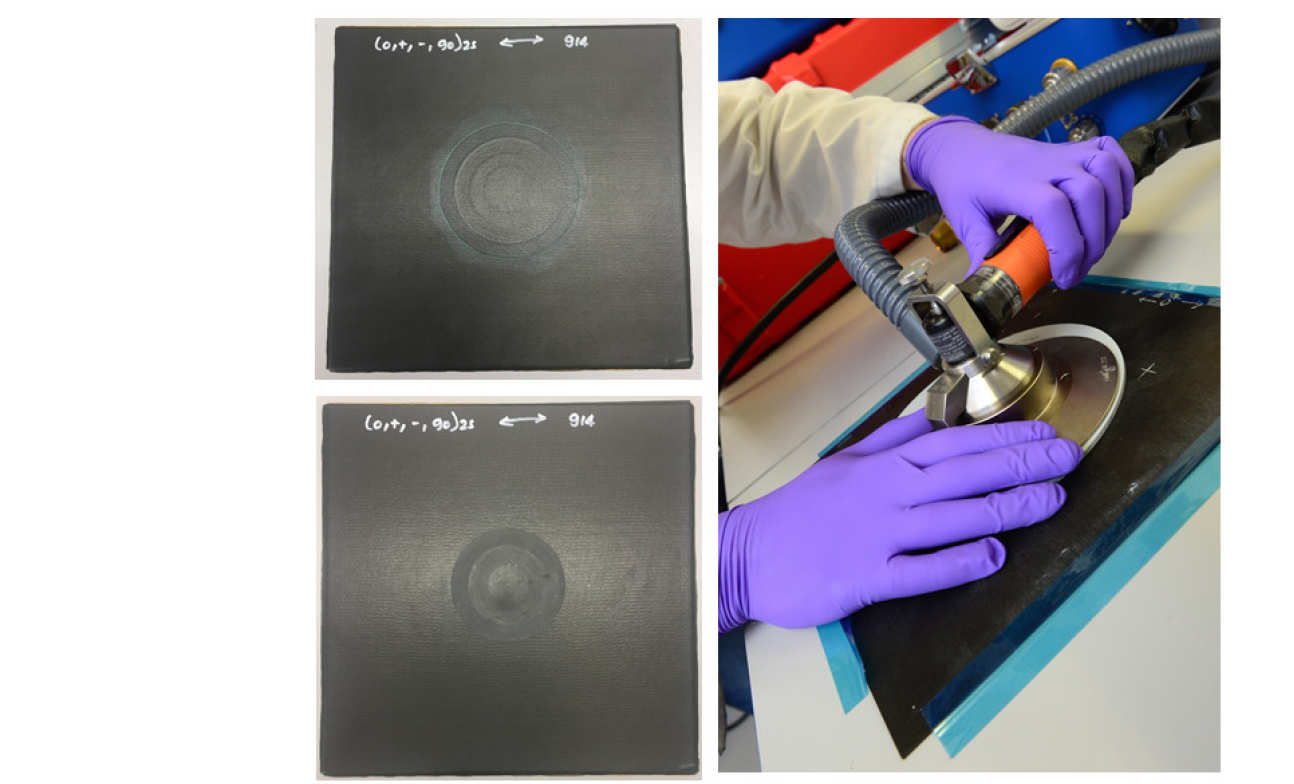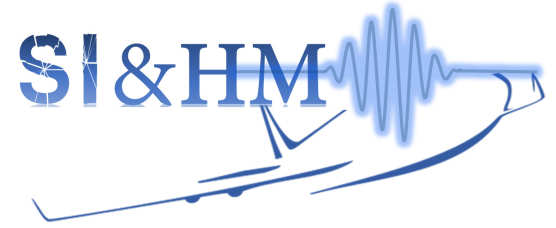Our research is directed towards developing technologies and methodologies to assess reparability of structural composite components, the quality of the repair and integrity of the bondline in adhesively or riveted bonded repairs.
We have developed computational methods based on Finite Element and Boundary Elements for modelling riveted and composite patch repair on both metallic and composite structures. These methods are used to help with the design of the repair as well as damage tolerance assessment of the repaired structure by simulating the growth of crack/damage.
Adhesively bonded composite repairs has several advantages over the traditional mechanically fastened repair. Bolted repairs add weight, stress concentrations due to drilling and reduce the overall aerodynamic profile of the structure. There are different types of composite patch repair on laminate structures, with different order of manufacturing difficulty. The taper sanded (scarf) repair and the step sanded repair are the most difficult to achieve and require adapted equipment making them hard to manufacture on field. On the contrary, they achieve the best properties in strength and fatigue resistance. The main difference between patch repair and scarf repair is the stress distribution along the length: scarf repair produces a nearly uniform stress distribution while the patch repair doesn’t. The peel stresses are also low in the case of a scarf repair.

For composite patch repair we have the LESLIE GMICRT 9201 Kit that provides the tools to prepare the surface of composites to conduct repairs.

On the technology side we have developed several smart solutions. Our recent invention of multifunctional diagnostic sensor is a cost-effective solution for in-service monitoring of the initial quality of curing of a bonded composite repair patch and assessing its long-term durability on composite structure. Other smart solutions include the use of PZT and FO sensors to monitor possible delamination of the repair patch. These technologies are complimented with a dedicated software solutions for diagnosis and prognosis.
